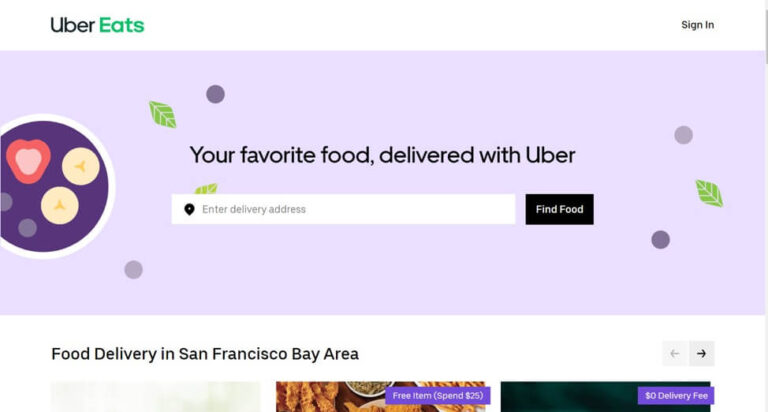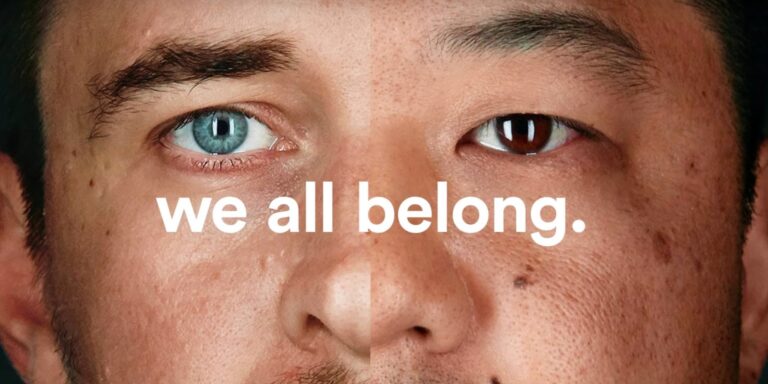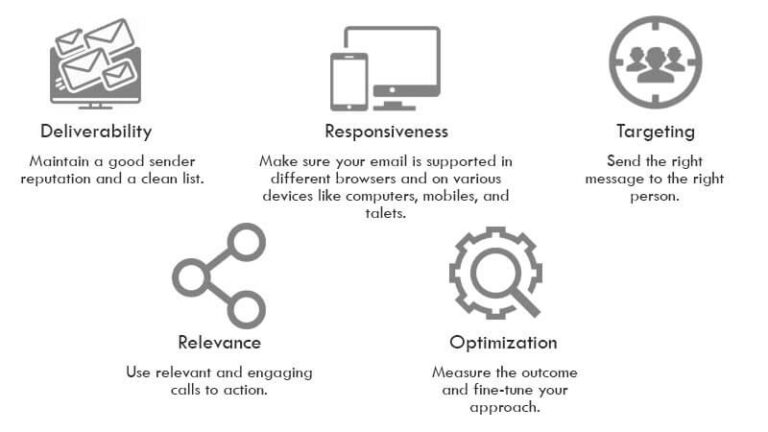Increases in ad pricing have certainly been concerning for many brands, particularly in 2021 when the sales driven per click didn’t grow as quickly as the average cost per click as auctions became highly competitive. However, so far in 2022 advertisers are largely seeing average sales per click grow in line with average cost per click for Sponsored Products ads. This was also the case during Prime Day, with sales per click up 10% compared to the 8% increase in cost per click.
Advertising Growth Outstrips Last Year’s Prime Day Significantly
Walmart, which ran its Deals for Days sales event way back in early June, also got significantly more aggressive in Google Shopping auctions ahead of Prime Day, and remained above early July impression share throughout the event and after. However, Walmart’s Shopping impression share was nearly twenty percentage points lower to end Q2 than it was the year prior, and its impression share during this year’s Prime Day event was much lower than what was observed last year, when its impression share rose all the way to 50% against the median competitor in promoting its 2021 Deals for Days event that ran at the same time as Prime Day. Sponsored Products average order value (AOV) rose 13% from Prime Day 2021 to Prime Day 2022, as inflationary pressure continues to affect product prices across many categories.
Target, which kicked off its 3-day Deal Days event on July 11, 2022, stayed roughly steady in terms of Google Shopping impression share throughout the first two and a half weeks of July.
All three of these growth figures represent accelerations from how much spend grew for these formats during Prime Day 2021 compared to Prime Day 2020. Last year, Sponsored Products spend rose 16%, Sponsored Brands spend rose 22%, and Sponsored Display spend increased 51%.
Looking at Amazon’s Shopping impression share using Google Auction Insights reports for Google paid search programs under Tinuiti management, Amazon was actually more aggressive during Prime Day than in the days before or after the event.
Outside of the Ad Console, many brands also used Amazon’s Demand-side Platform (DSP) to reach shoppers both before and after the 48-hour event. As you can see from the chart below, DSP spend ramped up throughout the first eleven days of the month, peaking during the Prime Day event at twice the spend of the first day of July.
Brands Once Again Keep DSP Spend Elevated After Prime Day
Part of the appeal of Prime Day is the chance to get in front of new customers, and brands certainly saw a rise in the share of new-to-brand purchases, defined by Amazon as orders made by buyers who had not previously purchased from the advertiser in the last twelve months, attributed to the Amazon DSP. In the first eleven days of July, Amazon DSP advertisers saw a daily average of 42% of all purchases attributed to the DSP come from customers deemed new-to-brand, compared to 57% on each of the two days of the Prime Day event. New-to-brand share also remained elevated immediately after the event, coming in at 48% on July 14.
Another Prime Day is in the books, with insights trickling out across the web as vendors, sellers, and observers take stock of how the sales event compared to years past. Here, we’ll take a look at advertising’s role in driving sales during an event that the vast majority of respondents in our recent Prime Day study felt was a better opportunity to shop on Amazon than Black Friday and/or Cyber Monday. Particularly in highly competitive times such as these, brands need to be working with strong technology and seasoned campaign managers in order to ensure campaign effectiveness and maintain return on ad spend (ROAS) throughout fluctuations in ad auctions. This is especially true during high volume periods like Prime Day. Want to learn more about how advertisers made the most of Prime Day 2022? Check out our Amazon Prime Day Results: Analysis & Key Insights for 2022 post for more great insights and expert takes.
Amazon Stays Active in Google Ad Auctions Once Again to Promote Prime Day
Taking a look at how brands ramped up spend across Amazon Ad Console formats, it’s clear many saw Prime Day as a huge opportunity to get in front of high-intent shoppers and were willing to pay to do so. Sponsored Products spend rose 33% compared to Prime Day 2021, which took place from June 21 to June 22. Sponsored Brands spend increased 40%, and Sponsored Display spend soared an incredible 62% compared to last year’s event.
The following results are based on anonymized samples of the more than 0 million in Amazon ad spend under management annually here at Tinuiti. Importantly, brands also kept spend elevated in the days following Prime Day as they sought to remarket to Prime Day shoppers. From July 14 through July 18, Amazon DSP daily spend was higher than any of the first eleven days of the month. In order to fully capture the sales volume available during Prime Day, advertisers needed to stay active throughout the event, as shoppers continued to check in and make purchases over the course of both days. Looking at the sales attributed to Sponsored Products, the first day brought in 54% of sales, while the second brought in 46%, which is nearly identical to the split seen during Prime Day 2021.
One of the biggest questions each year is how Amazon will approach its own advertising strategy during Prime Day. After pausing Google Shopping ads entirely during Prime Day 2019, the eCommerce giant has now remained active in Shopping auctions during its premiere sales event for three consecutive years.
Many advertisers have been highly attentive to ad pricing trends over the last couple of years, as the average cost per click (CPC) has grown meaningfully ever since the early months of the pandemic sent some advertisers to the sidelines and CPC down. Sponsored Products CPC increased 8% compared to last year’s Prime Day, compared to 5% growth for Sponsored Brands and a 4% decline for Sponsored Display.





